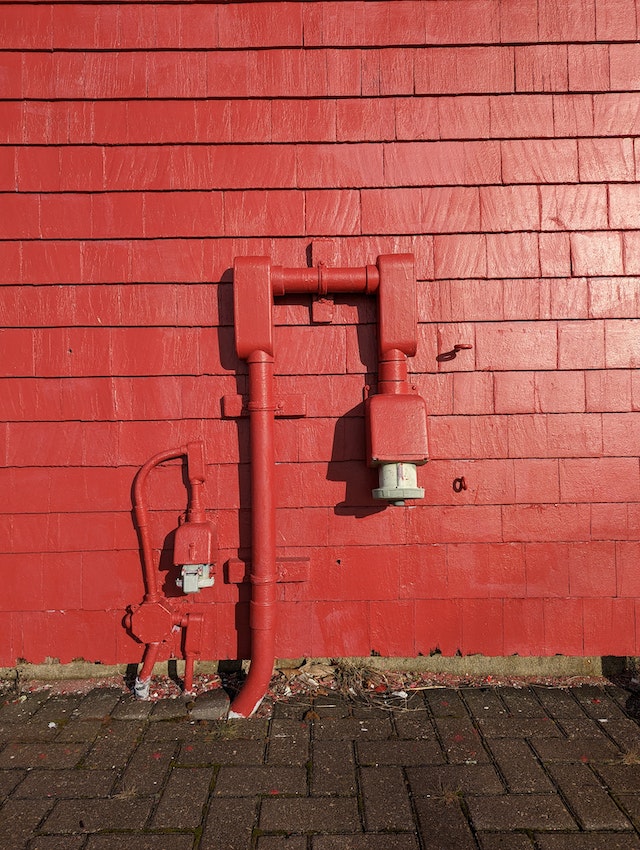When it comes to plumbing, we often think about sinks, showers, and toilets as essential components of our daily lives. Yet, there’s one humble element that plays a crucial role in maintaining the functionality and safety of our toilets: the toilet shut-off valve. While often overlooked, this unassuming device is truly an unsung hero in the world of plumbing.
What is a Toilet Shut-Off Valve?
The toilet shut-off valve, also known as a toilet supply valve, is a small valve located on the water supply line that connects to your toilet. Its primary function is simple yet invaluable – it controls the flow of water to your toilet. This valve allows you to turn off the water supply to your toilet whenever you need to perform maintenance, repairs, or replacements without affecting the water supply to the rest of your home.
The Importance of the Toilet Shut-Off Valve
- Emergency Repairs: Imagine a situation where your toilet is overflowing due to a malfunctioning flush mechanism. In such cases, the toilet shut-off valve becomes a lifesaver. By quickly turning off the valve, you can prevent further water damage and potentially hazardous situations.
- Maintenance and Replacements: When it’s time to replace a faulty fill valve, flush valve, or any other internal component of your toilet, the shut-off valve comes into play. By shutting off the water supply, you can work comfortably without the worry of water flowing into the bowl unexpectedly.
- Water Conservation: A functional toilet shut-off valve allows you to turn off the water supply when the toilet isn’t in use, helping to conserve water and reduce your utility bills. This feature is particularly useful in situations where you might be away from home for an extended period.
Types of Toilet Shut-Off Valves
- Compression Valve: This traditional type of shut-off valve is controlled by a screw mechanism that compresses a rubber washer against the water supply pipe to stop the flow of water. While effective, it can be prone to leaks over time due to wear and tear.
- Quarter-Turn Valve: The quarter-turn valve, often referred to as a ball valve, is a modern and more reliable alternative. It uses a lever or handle that, when turned 90 degrees, either opens or closes the valve. This design significantly reduces the chances of leaks and provides easy operation.
Maintenance and Care
While the toilet shut-off valve is a durable component, it’s essential to perform occasional maintenance to ensure its proper functioning:
- Exercise the Valve: Every few months, turn the valve on and off a few times to prevent it from seizing up due to mineral buildup or corrosion.
- Inspect for Leaks: Check for any signs of leaks around the valve and the water supply line. If you notice any leaks, it’s time to replace the valve.
- Replace When Necessary: If the valve becomes difficult to turn, starts leaking, or shows signs of deterioration, it’s best to replace it promptly to avoid potential water damage.




